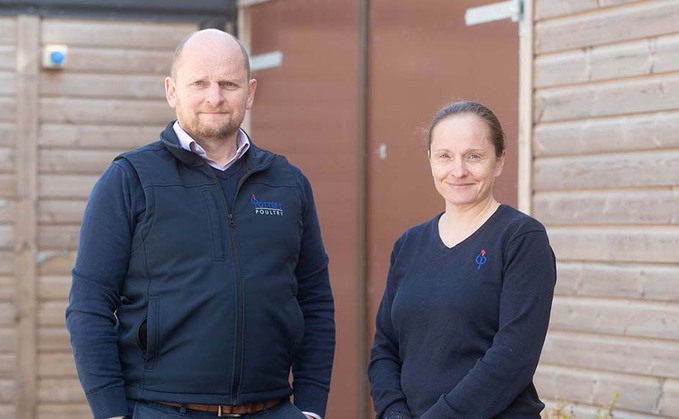
Potters Poultry is making an impact globally with its innovative aviary rearing system for laying birds and high welfare poultry house equipment. Hannah Noble finds out more. Established in the 1930s...

Potters Poultry is making an impact globally with its innovative aviary rearing system for laying birds and high welfare poultry house equipment. Hannah Noble finds out more. Established in the 1930s...